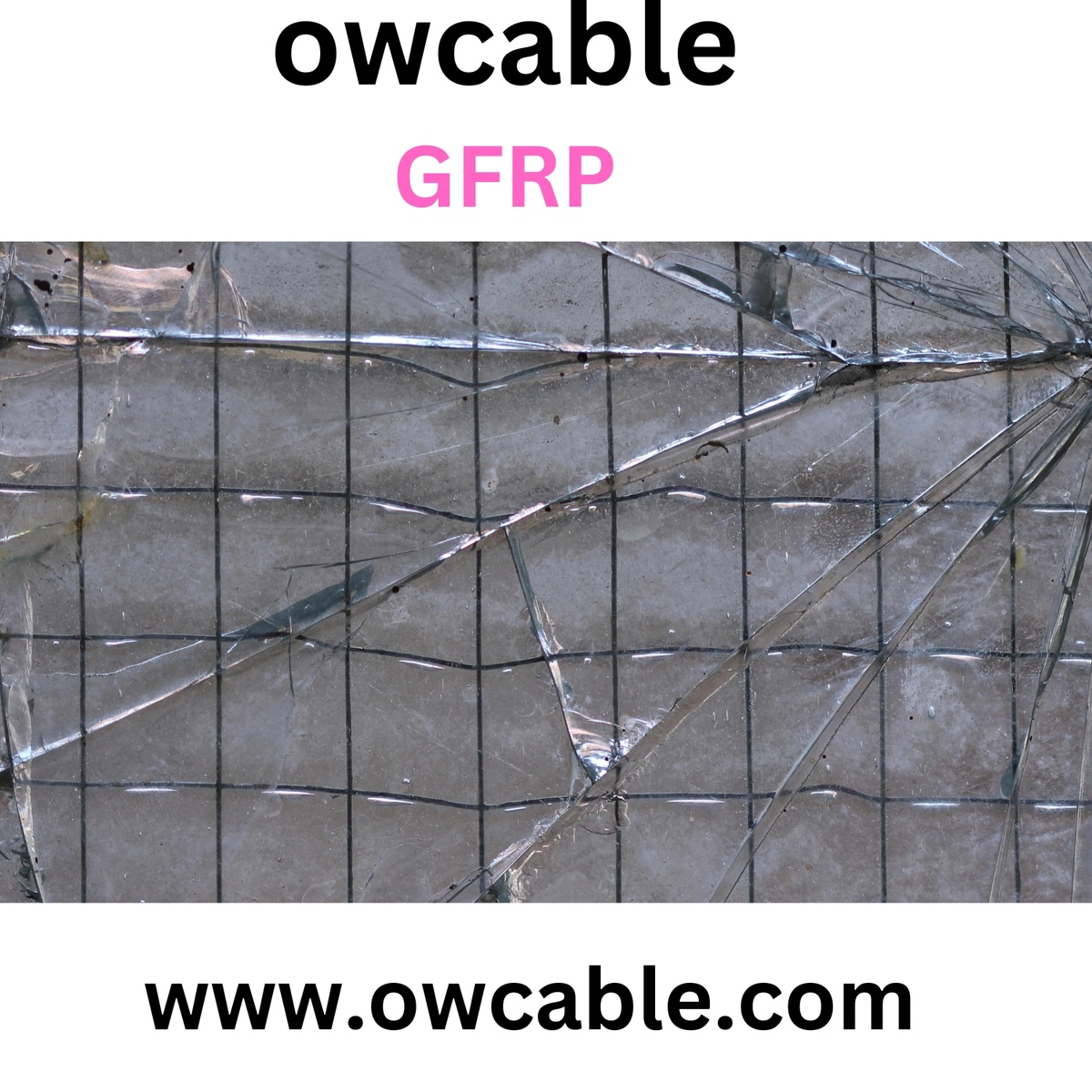Glass Fiber-Reinforced Polymer (GFRP) is a versatile and innovative composite material that has gained widespread use in various industries due to its exceptional properties. In this detailed guide, we will explore GFRP, including its properties, applications, and the advantages it offers over traditional materials.
What Is GFRP?
Glass Fiber-Reinforced Polymer, commonly known as GFRP, is a composite material made of fine glass fibers embedded in a polymer matrix. These glass fibers are typically composed of E-glass, S-glass, or other specialized glass types. The polymer matrix is usually epoxy, polyester, or vinyl ester resin. The combination of these materials results in a composite with remarkable mechanical, thermal, and chemical properties.
Properties of GFRP
GFRP possesses several notable properties that make it an attractive choice for various applications:
-
High Strength: GFRP has a high strength-to-weight ratio, making it as strong as steel but significantly lighter. This property is particularly advantageous in applications where weight reduction is critical, such as aerospace and automotive industries.
-
Corrosion Resistance: GFRP is highly resistant to corrosion, making it an ideal choice for structures exposed to harsh environments, including chemical processing plants, offshore platforms, and marine applications.
-
Low Thermal Conductivity: GFRP has low thermal conductivity, which makes it a good insulator. It is commonly used in applications requiring thermal insulation, such as construction and transportation.
-
Design Flexibility: GFRP can be molded into complex shapes, allowing for intricate designs and tailored solutions. This flexibility is beneficial in industries like architecture and product manufacturing.
-
Electrical Insulation: GFRP is an excellent electrical insulator, making it suitable for electrical and electronics applications.
Applications of GFRP
GFRP finds a wide range of applications across various industries:
-
Construction: GFRP is used for reinforcing concrete structures, providing enhanced durability and corrosion resistance. It is also employed in architectural elements like facades, cladding, and decorative panels due to its design flexibility.
-
Aerospace: In the aerospace industry, GFRP is used for manufacturing aircraft components, reducing overall weight and improving fuel efficiency.
-
Automotive: GFRP is utilized in the automotive sector for producing lightweight body panels, reducing vehicle weight and improving fuel economy.
-
Marine: GFRP is an ideal material for boat hulls and other marine structures due to its corrosion resistance and lightweight properties.
-
Wind Energy: GFRP is used in wind turbine blades to provide the required strength-to-weight ratio, allowing for more efficient energy generation.
-
Infrastructure: GFRP is employed in bridge decks, reinforcing bars, and seismic retrofitting to enhance the longevity and safety of infrastructure.
Advantages of GFRP
Here are some notable advantages of using GFRP:
-
Weight Reduction: GFRP's lightweight nature leads to reduced transportation costs and improved fuel efficiency in various industries.
-
Durability: GFRP exhibits exceptional durability and longevity, even in harsh environments, reducing maintenance and replacement costs.
-
Corrosion Resistance: Its resistance to corrosion minimizes the need for protective coatings or maintenance, especially in marine and chemical industries.
-
Design Freedom: The ability to mold GFRP into complex shapes enables innovative designs and customized solutions.
-
Low Maintenance: GFRP structures typically require minimal maintenance, resulting in cost savings over time.
-
Environmental Sustainability: GFRP is considered eco-friendly due to its long lifespan, recyclability, and reduced resource consumption compared to traditional materials like steel.
Conclusion
Glass Fiber-Reinforced Polymer (GFRP) is a remarkable composite material that offers a wide range of benefits, including high strength, corrosion resistance, and design flexibility. Its applications span various industries, from construction to aerospace, and its advantages contribute to reduced costs and increased sustainability. As technology and material science continue to advance, GFRP is expected to play an increasingly important role in shaping the future of numerous industries.


No comments yet